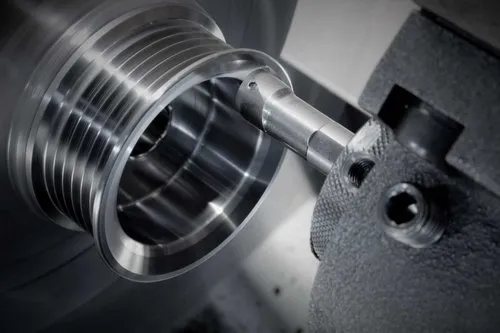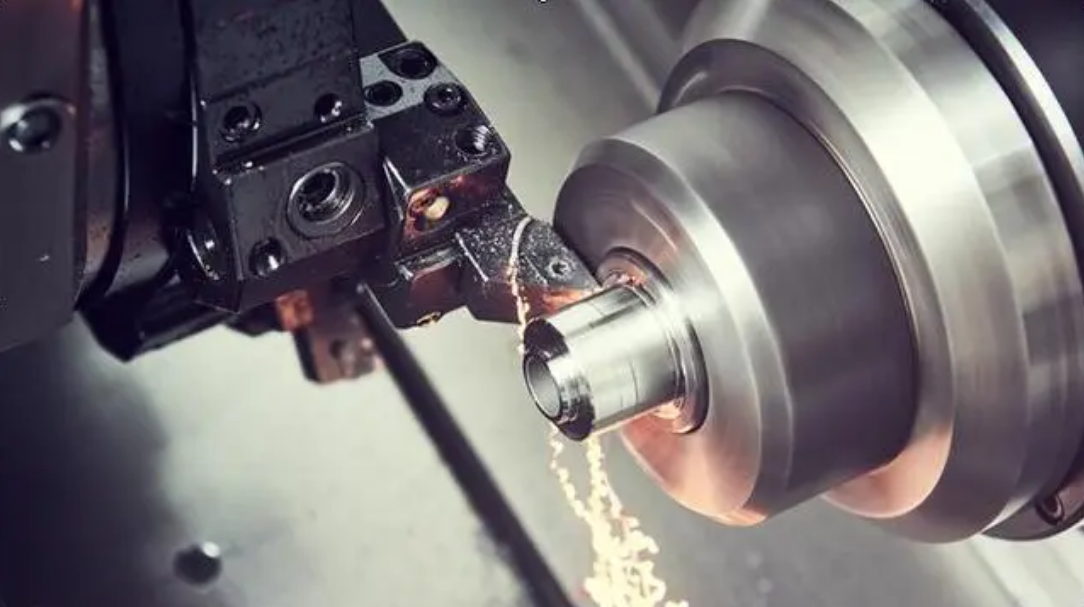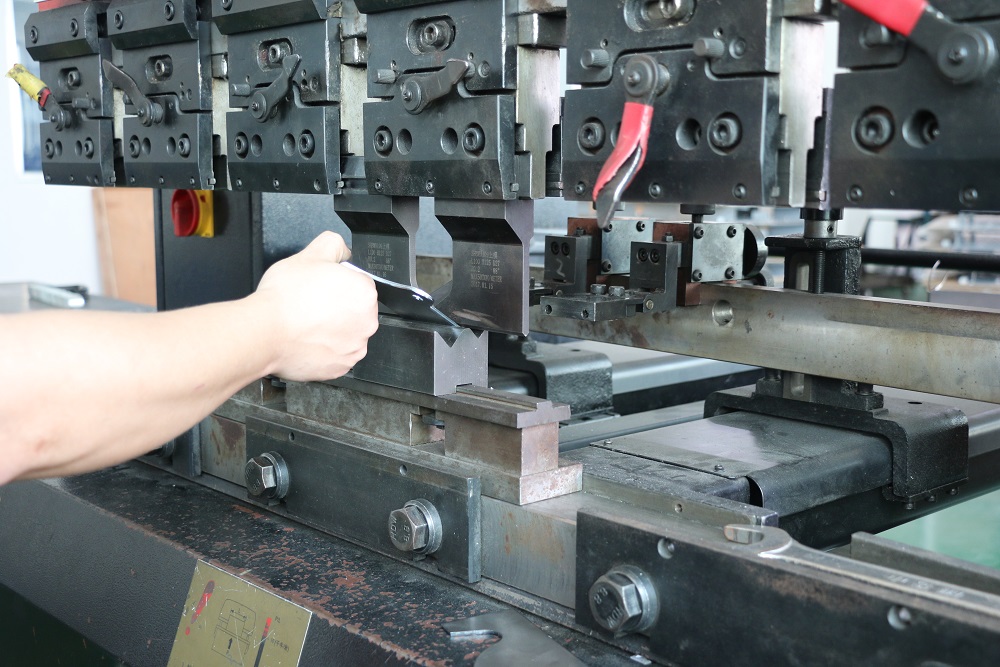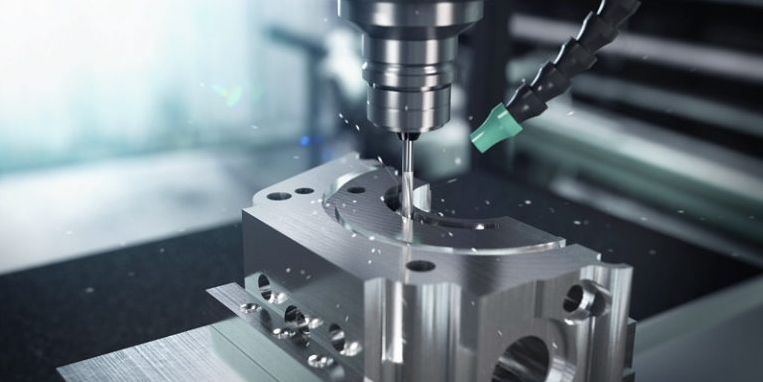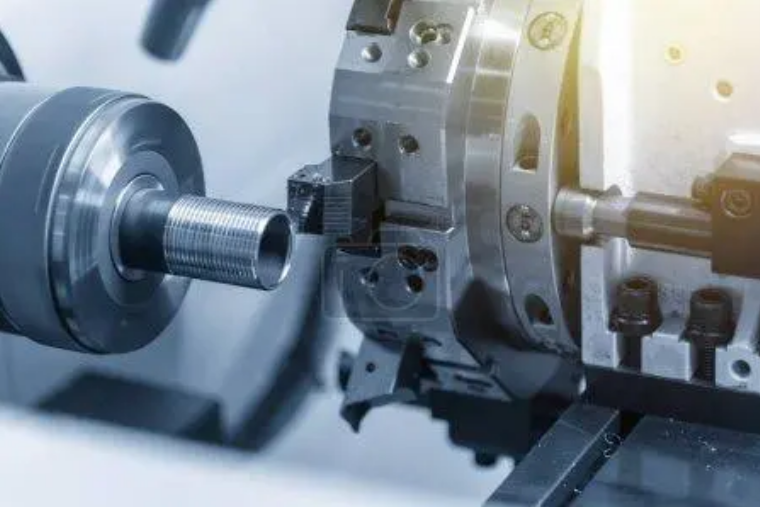To ensure CNC turning quality, implement ISO 9001 standards, use precision tools and SPC, conduct regular maintenance, and enforce strict quality inspections.
Use the Right Machine
By selecting the appropriate CNC machine, you can ensure the high quality of turning operations. For instance, a CNC lathe with a minimum spindle speed of 3,000 RPM and a repeatability accuracy and +/- 0.005 mm will be suitable for achieving the efficiency and precision of work on complex parts . Ensure that the capabilities of the machine you are using match the specificity and tolerances of the projects you want to run. Regular and consistent use of the same machine to run production for your projects can dramatically reduce the number of errors.
Impose Strict Quality Control Procedures
You need to develop detailed procedures for quality control that provide for inspections both during the production process and after its completion. The measuring and control equipment of coordinate-measuring machines to be one possible method of ensuring the dimensional accuracy and precision of your parts up to 0.001 mm . Timely inspections allow you to welcome products whose performance deviates from your specifications and correct them immediately, reducing the timely reworks that will result in time and labor costs.
Optimize the Selection and Character of Tooling
When working with CNC turning, the choice and management of cutting and rotating tools are just as important for production quality as the selection of the right CNC machine. Opt for tools made of hard and sturdy tungsten carbide that can withstand the stress of high-speed work and retain their sharpness longer. Regular inspection of the tools you are currently using and timely replacement of those that begin to wear down will also help you avoid fluctuations and deviations of the surface finish of products and their dimensions. Using tool presets, cutting tools, and setting up machines will eliminate the need to constantly reconfigure machines and will preserve the repeatability of work.
Train and Keep Skilled Operators
The skill level of CNC operators has a clear and visible correlation to the quality of the final product. Training programs on the specific application of CNC machines and technical training on their characteristics will provide your operator with an opportunity to work efficiently. It was shown that an experienced and skilled employee could be up to 20% more efficient than a poorly trained operator. Regular staff training while maintaining skilled workers will also help avoid fluctuations in the quality of work and end products.
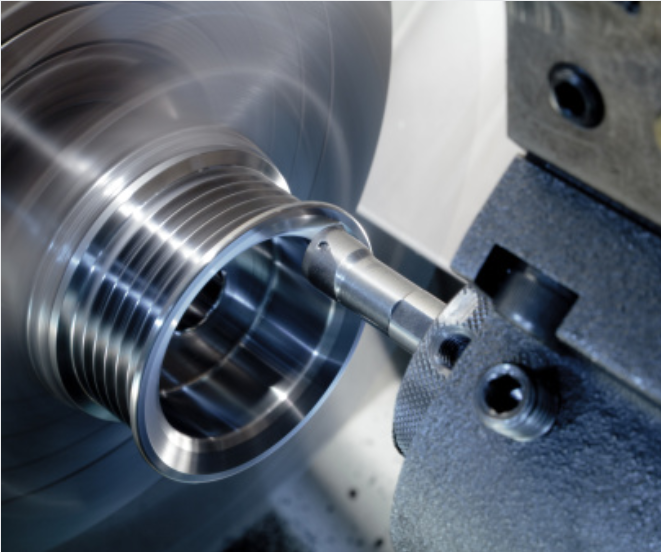
Raw Material Quality Inspection is Crucial
Quality Control Begins with Raw Materials
Ensuring the quality of raw materials is the first and most important step in upholding superior standards in CNC turning operations. For this purpose, all materials must meet firm standards such as hardness, tensile strength, and corrosion resistance, since every piece of stock must be able to withstand the stresses of machining without deforming. For example, if aerospace-grade aluminum alloys such as 2017-T4 are used, a certificate to confirm that it meets the request of ASTM B221 and is suitable for manufacture should accompany every supply. To determine this, utilise advanced testing techniques, such as the ultrasonic evaluation to check for volumetric defects and X-ray fluorescence to analyse the composition of the alloy. By systematically evaluating every array, you can be sure that only the materials that have passed all of these tests are allowed factory entry. This brings us to the next step in continuous quality control.
Develop a Supplier Agreement
Partering with a supplier and further employing Quality Agreements with their companies allows your contractors to recognise your specific needs. This will include the desired properties of the materials, the acceptable quality limits, and the methods used to assess the properties. Once established, these assumptions will be formalised and standardised, making it simpler to avoid non-conformity. However, no agreement is proven to protect you from such misfortune entirely, which is why the remaining two steps are also essential.
Inspection of Incoming Stock
A visual inspection of any incoming crate should be the first thing you do every time you receive new materials. Check the dimensions and material composition of the stock and analyse its mechanical properties before breaking the seal, using simple tools such as a micrometer and a proper spectrometer. Once the inspection is done, document your results; this will be necessary if you need to trace the problem “upstream” for any reason. Of course, the quality control team has the final responsibility for the quality of the finished product. Therefore, you must inform them that the value of some paperwork is sufficient to cost your business a substantial amount of money regardless of how insignificant they may seem. Qualified and trained employees are the second requirement. Make sure that all of your line staff who handle the cargo and conduct inspections are adequately educated in handling properties and testing equipment characteristics.
Utilize Multiple Quality Control Procedures
In order to guarantee top-tier CNC turning quality, a multi-layered quality control system should be implemented . Such a system should employ several testing and inspection stages to locate and eliminate any potential defects throughout the manufacturing process.
Incorporate Real-Time Monitoring
Use real-time monitoring systems integrated into CNC machines. For instance, use sensors that measure tool wear and vibration and use the resulting data to predict when a tool is about to fail. Such a tool can assist in stopping a production process before a fault occurs and damages the product. Such improvements make it possible to instantly adjust CNC operations to optimize accuracy and effectiveness of such a process.
Use First Article Inspection
Perform First Article Inspection before a new setup or new part design is used in a production environment. This inspection consists of a detailed measurement of the first part to be manufactured in the current CNC setup. Such a measure is used to confirm the part manufactured meets the design specifications and is used to ensure that the CNC setup is correctly used to produce the desired output. Failure to perform FAI significantly increases the likelihood of large-scale manufacturing errors.
Regularly Calibrate Equipment
Ensure all CNC machines and measuring instruments are calibrated regularly. The frequency of calibration should be determined by either customer requirements or the intensity of use. For instance, it might be necessary for companies to use calibration and verification every 500 hours of machine operation. Failure to calibrate equipment might result in the gradual appearance of inaccuracies in cutting and measuring, resulting in a deterioration of products.
Implement Statistical Process Control
Use SPC to monitor process stability and control quality. This tool should be used to monitor the most critical quality data points. Such an approach will result in the detection of trends, which might point to the possibility of shifts in process or degradation in quality. Efficient implementation of SPC is seen as a warranty of massive improvement in the quality of products and associated operations.
Use End-of-Line Inspection
This inspection is the final barrier between finished product and the customer’s hands. Both visual and dimensional inspection processes should be employed, with the latter being both manual or automatically performed. Such an approach will make it so that potential defects that made it through all of the previous inspections will be caught at this stage, with no sub-standard products accidentally slipping into the hands of customers.
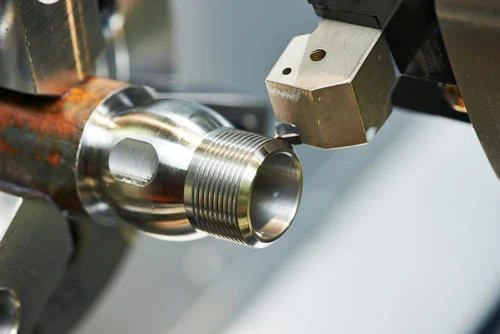
Proper Certification Must Be Obtained When Outsourcing
When it comes to outsourcing a CNC turning operation, ensuring that the subcontractor is properly certified is essential. This will verify that the outside manufacturer meets industry requirements and is able to produce parts to your specifications.
Verifying ISO 9001 Certification
Firstly, it is necessary to ensure that the subcontractor actually has current ISO 9001 certification. ISO 9001 is a standard that indicates that a supplier has a quality management system that has been evaluated and recorded by a third-party certification body. This certification ensures that the supplier has a system which it can use to consistently provide products that meet the customer’s needs and legal requirements.
Checking Industry-Specific Certifications
Industry-specific certifications may be necessary depending on the type of parts being produced at the manufacturer. Generally, this distinction occurs in the aerospace and automotive sectors, with AS9100 and IATF 16949 being the corresponding certifications. They both indicate that the supplier has a quality management system that was tailored for meeting the requirements of these specific sectors.
Ensuring the Certification’s Validity and Scope
Once the certifications have been confirmed, it is necessary to ensure that the certificate is actually legitimate and covers the services that you are looking to outsource. A valid and complete certification confirms that the supplier’s processes are indeed able to meet your CNC turning requirements.
Mandating Continuous Improvement
It is also important to ensure that the subcontractor is committed to continuous improvement. This should be visible as periodic updates to the certifications and regular investments into equipment and businesses. Subcontractors that are committed to improving tend to be better prepared for any new manufacturing technologies. Additionally, implementation of joint quality audits also ensures that both the certification’s requirements and commitments are being met.


